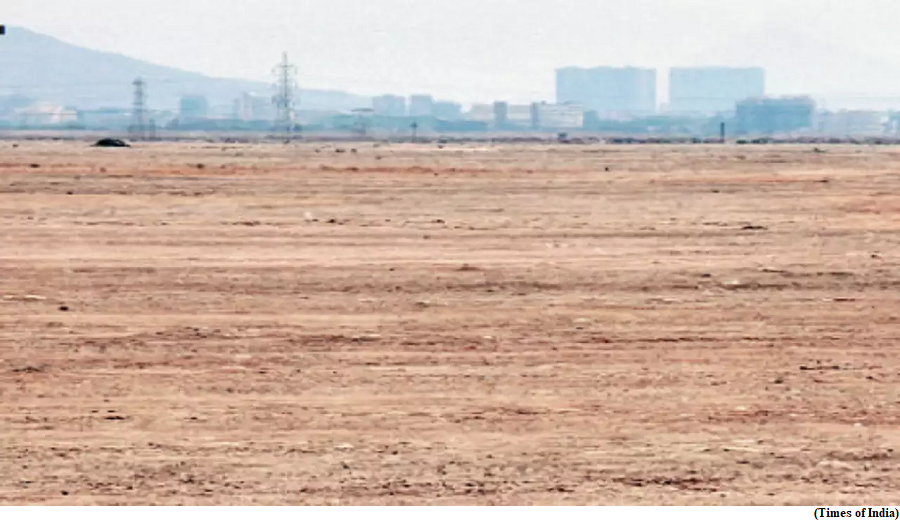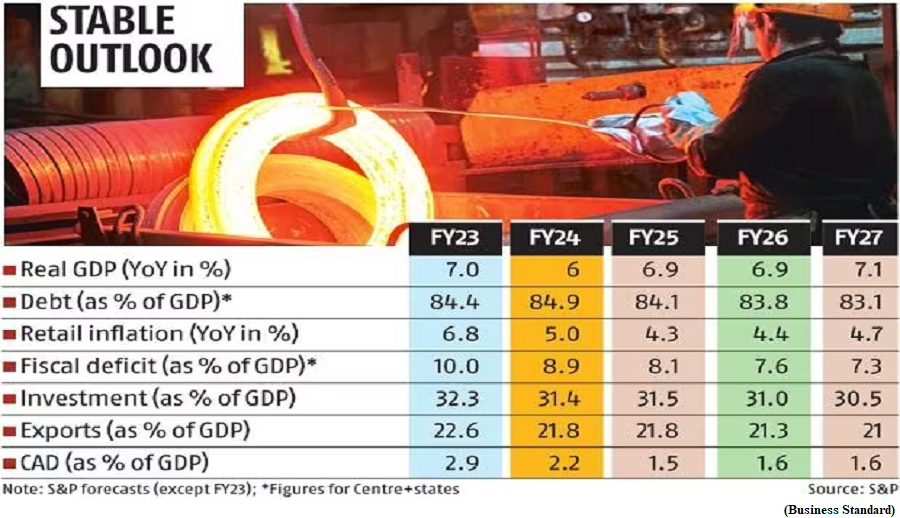Andhra Pradesh begins freeing 2 lakh acres of ‘dotted lands’ (GS Paper 2, Governance)

Why in news?
What kind of lands are dotted lands?
How did these ownership disputes arise?
- This could happen if landowners did not leave clear wills passing on land to their heirs or children, and if a dispute arose because more than one heir lay claim over the land. Also, land could be deemed by the government to belong to the state, but was under occupation by private parties.
- Some of the land records in question are more than 100 years old, and had been locked up in the prohibited list in and registers.
- During subsequent surveys, government officials left the ownership column blank indicating their disputed status as per Section 22A of the Registration Act.
Identified land:
- The state government has so far identified 2,06,171 acres as dotted lands, and has decided to remove them from the prohibited list.
- There could be more than 10 lakh acres of dotted lands in the state.
- Nellore district has the largest number of dotted land parcels (43,000 acres), followed by Prakasam district (37,000 acres).
How will this step benefit landowners/farmers?
- During the Assembly session held in March, the government introduced a Bill to amend the Revenue Act to grant titles to farmers who have been cultivating dotted lands for more than 12 years.
- The dots, and entries in land registers, will be removed and these farmers will be given clear land ownership documents. At least 97,000 farmers will get land ownership documents for the 2,06,171 acres of denotified dotted lands.
- While these farmers were using the land, they could not procure loans from banks and financial institutions by putting up the land as collateral. Financial institutions do not recognise dotted land documents as clear ownership documents.
- With the lands now being taken off the prohibited list, landowners/farmers will get full rights over the lands, and enjoy all usual rights as land owners.
- More importantly, they can apply for financial assistance for crop support, purchase seeds and fertilisers, and procure farm equipment. The landowners/farmers can also sell the lands or gift to kin or relatives.
Why did the state government take up this exercise?
- Over 1 lakh applications had been received by the Chief Commissioner of Land Ceiling (CCLA) over the past years to resolve dotted land disputes.
- In urban areas, dotted lands have been illegally sold and houses have been constructed, which cannot be taxed. With lakhs of acres under dispute, the government also loses on stamp duty revenue.
- The registration value of the 2,06,171 acres is over Rs 8,000 crore while the land value is over Rs 20,000 crore.
Ongoing scheme:
- The exercise to free dotted lands was part of a comprehensive resurvey of lands taken up by the YSRCP government by implementing the YSR Jagananna Saswatha Bhu Hakku and Bhu Raksha scheme.
- Under the scheme, the government has provided 7,92,238 permanent title deeds to farmers in 2,000 villages in the first phase.
- The second phase of the programme will take off from next month.
S&P affirms India sovereign rating at BBB, with stable outlook
(GS Paper 3, Economy)
Why in news?
- S&P Global Ratings recently affirmed India’s sovereign rating at ‘BBB’ for the long term and ‘A-3’ for the short term, with a stable outlook, as sound economic fundamentals were expected to underpin growth over the next two to three years.

Key Highlights:
- S&P expects India to register a real growth rate of 6 per cent in 2023-24, with investments and consumer momentum helping growth prospects over the next few years, as the country is expected to grow at 6.9 per cent in 2024-25 and 2025-26.
- Though wary of the country’s public finances, it expressed its confidence in India’s strong growth in capital expenditure (capex) allocations, which might boost the quality of the government's fiscal programmes.
- It said fiscal consolidation in India, despite strong revenue gains, had been behind regional peers with similar rating levels. But it expected the central government to gradually pare down its sizeable deficits over the next few years to about 7.3 per cent of gross domestic product (GDP) by 2026-27.
- S&P forecast overall net general government debt stabilising just below 85 per cent of GDP over the next three years, which would be higher than the pre-pandemic level of 75 per cent of GDP but well below the pandemic peak of over 90 per cent.
UNDESA report:
- Earlier, the United Nations Department of Economic and Social Affairs (UNDESA), in its mid-year update to its World Economic Situation and Prospects report, retained its growth forecast for India at 6.7 per cent for calendar year 2024.
- India’s economy is expected to expand by 5.8 per cent in 2023 and 6.7 per cent in 2024, supported by resilient domestic demand. As the (South Asian) region is highly vulnerable to extreme climate conditions; potential droughts and floods also pose a significant risk to the economic outlook.
Fitch Ratings:
- Earlier, Fitch Ratings had also reiterated its lowest investment grade rating ‘BBB-’ with a stable outlook for India’s long-term sovereign debt, saying growth prospects in India had brightened as the private sector appeared poised for stronger investment growth.
- It had said that India would be one of the fastest-growing sovereigns globally, with a forecast of 6 per cent GDP growth for 2023-24, supported by resilient investment prospects.
- It said there were headwinds from elevated inflation, high interest rates, and subdued global demand, along with fading pandemic-induced pent-up demand.
G20 RIIG Conference at Diu
(GS Paper 2, International Organisation)
Why in news?
- The need for sharing of nations' best practices and policy models for sustainable blue economy were deliberated at the G20 Research Innovation and Initiative Gathering (RIIG) Conference on Scientific Challenges and Opportunities for a Sustainable blue-economy.

Key Highlights:
- India has a multi-pronged plan for coastal area development comprising transforming the blue economy, improving coastal infrastructure, and protecting the marine ecosystem.
- India pointed out that the ocean and its resources do not recognise international boundaries and called on the collective responsibility of all countries to protect, conserve, and sustainably utilise ocean resources.
- The India's initiatives in recent years to enhance the National Blue Economy, such as the Deep Ocean Mission and the Maritime India Vision 2030 were highlighted.
Stakeholders:
- A total of 35 foreign delegates and 40 Indian experts and invitees from various scientific departments/ organisations of Govt of India participated in the conference.
- The Indian Presidency also presented the first draft of the Research Ministers declaration for discussion during the meeting. The Ministerial Declaration shall be adopted at the Research Ministers meeting scheduled to take place in Mumbai on 5th July 2023.
RIIG:
- The Research Innovation Initiative Gathering (RIIG) is a new initiative of the G20 Forum, which was initiated during the Indonesian Presidency in 2022.
- India is taking the RIIG initiative forward during its G20 Presidency in 2023 under the main theme of “Research and Innovation for Equitable Society”.




